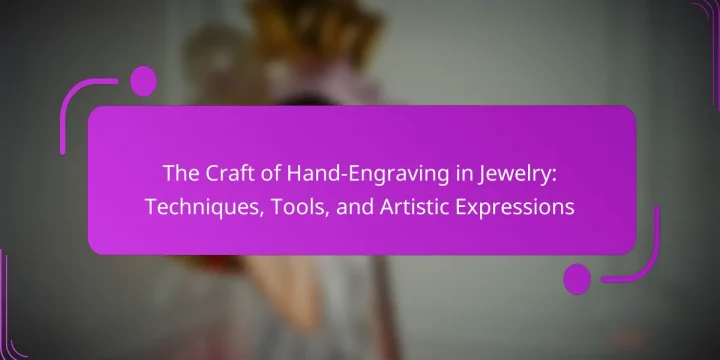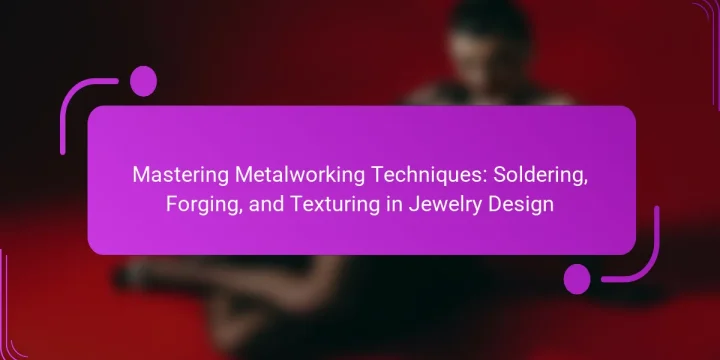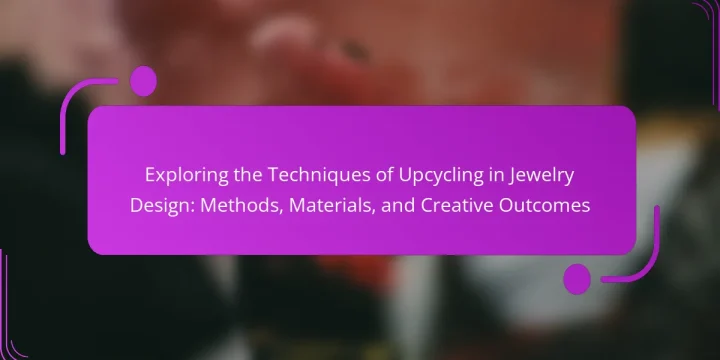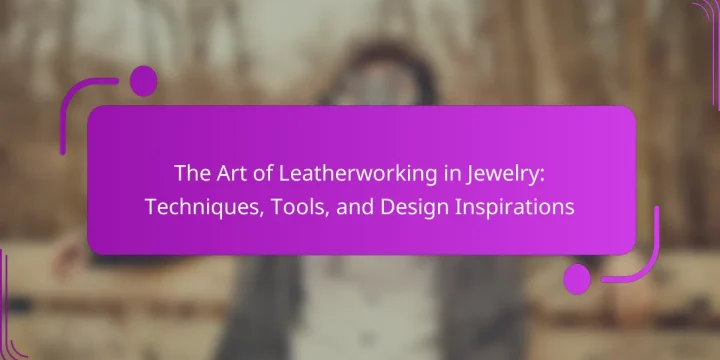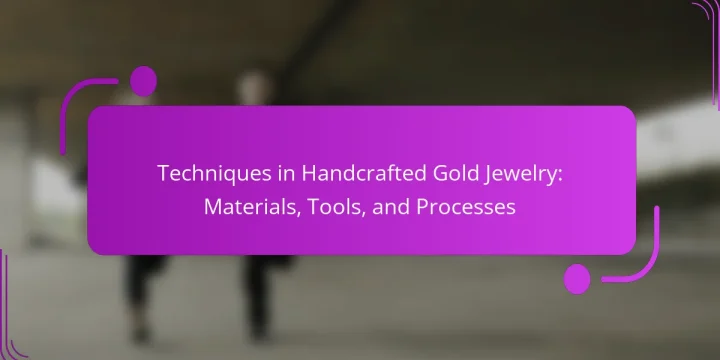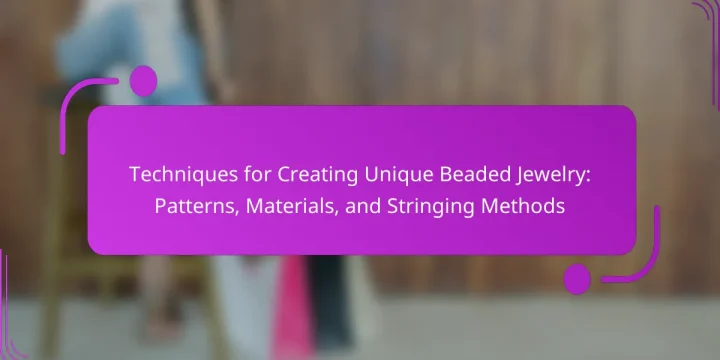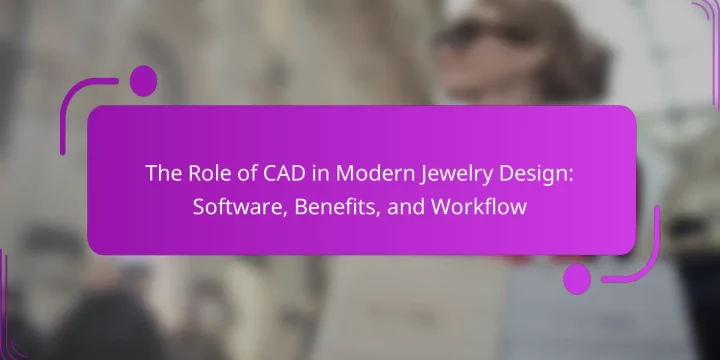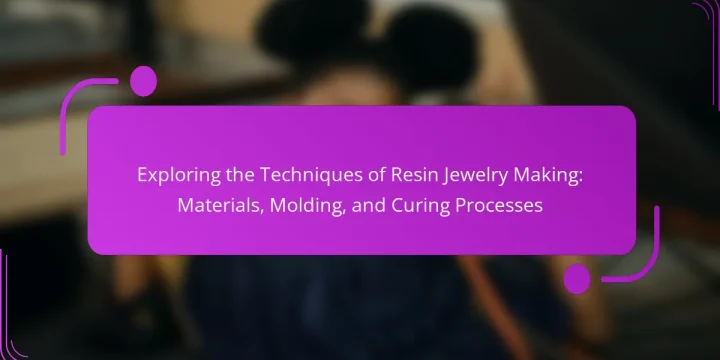
Sustainable jewelry focuses on creating accessories using eco-friendly materials and ethical practices. Key techniques include utilizing recycled metals to minimize mining, sourcing gemstones from ethical suppliers, and employing lab-created stones to reduce environmental impact. Additional methods involve using sustainable materials like bamboo and reclaimed wood, alongside low-impact production processes such as handcrafting. Challenges in this industry include sourcing ethical materials, ensuring traceability, and addressing consumer awareness and cost concerns. The adoption of sustainable practices not only benefits the environment but also enhances brand reputation and customer loyalty. What are the techniques for creating sustainable jewelry? Sustainable jewelry can be created using techniques that prioritize eco-friendly materials and ethical practices. One technique is utilizing recycled metals, which reduces the need for mining new resources. Another method is sourcing gemstones from ethical…
